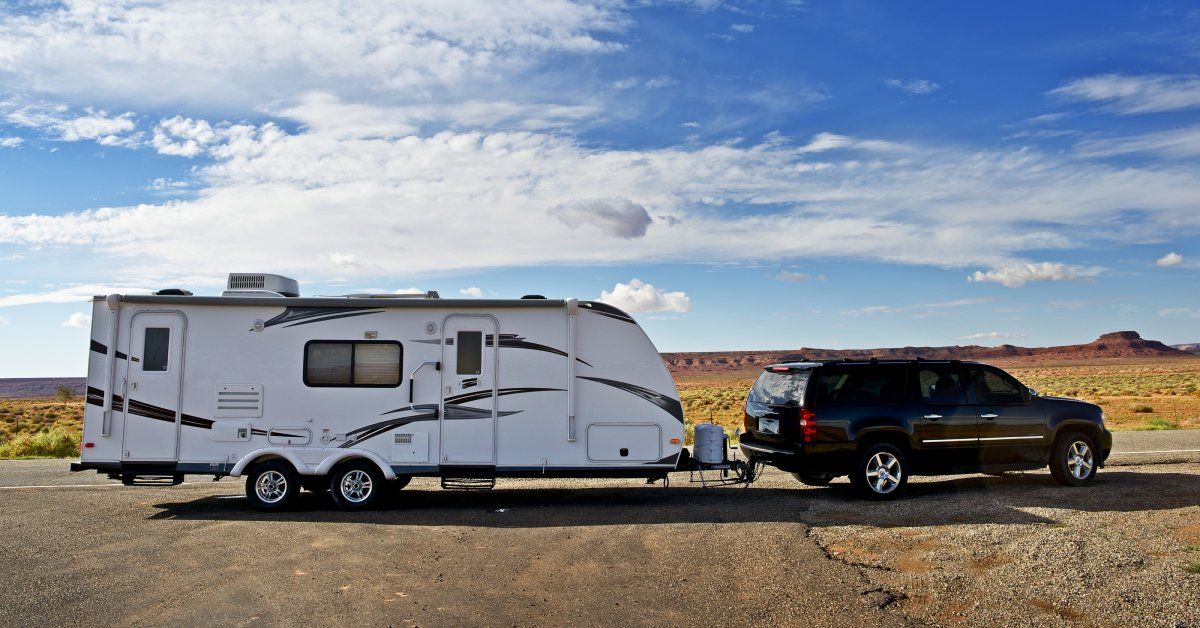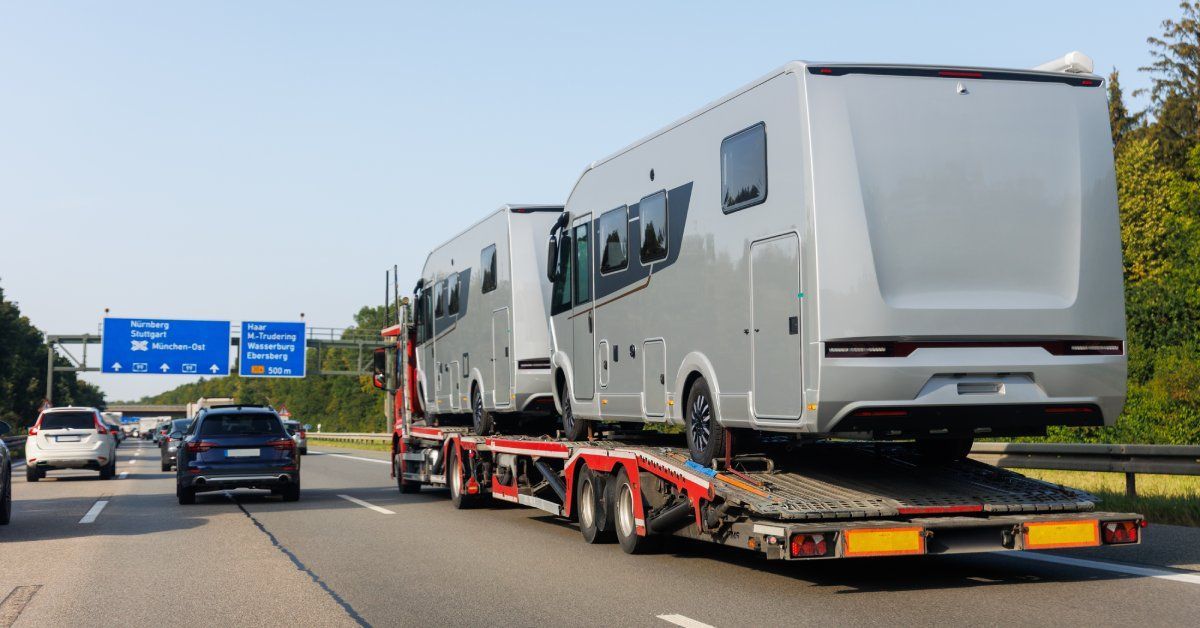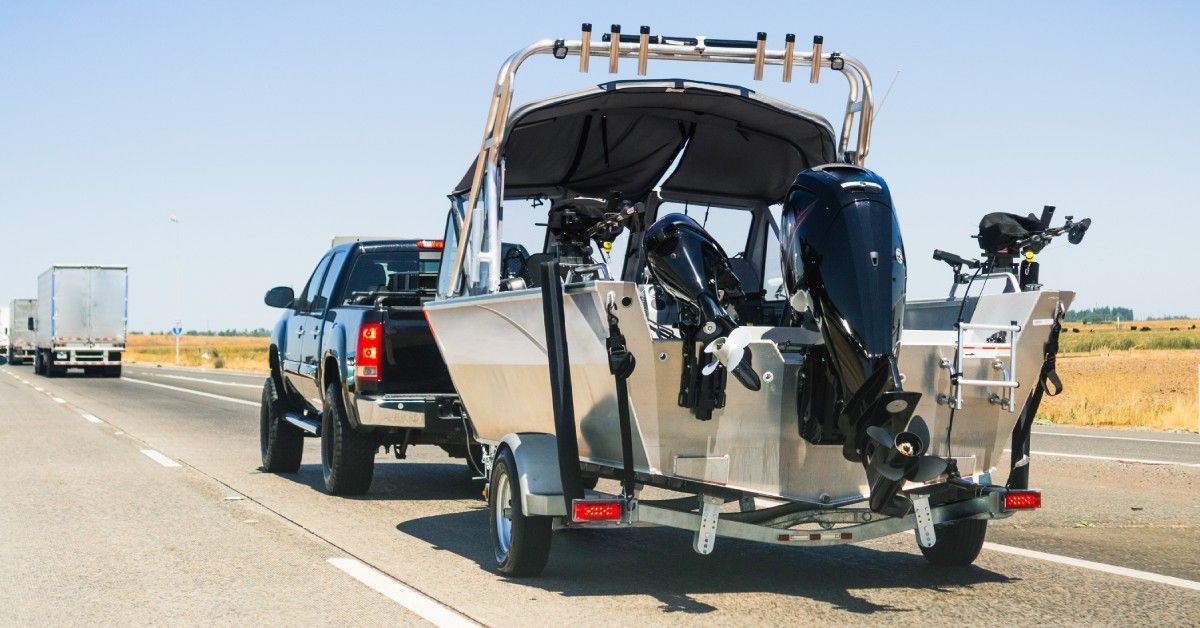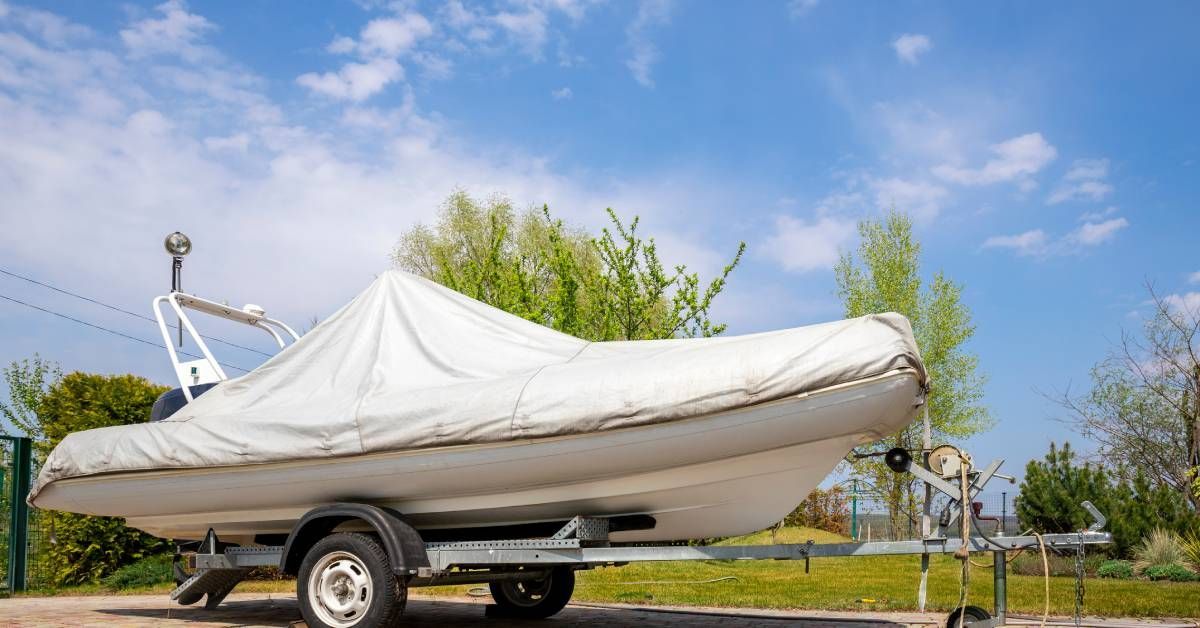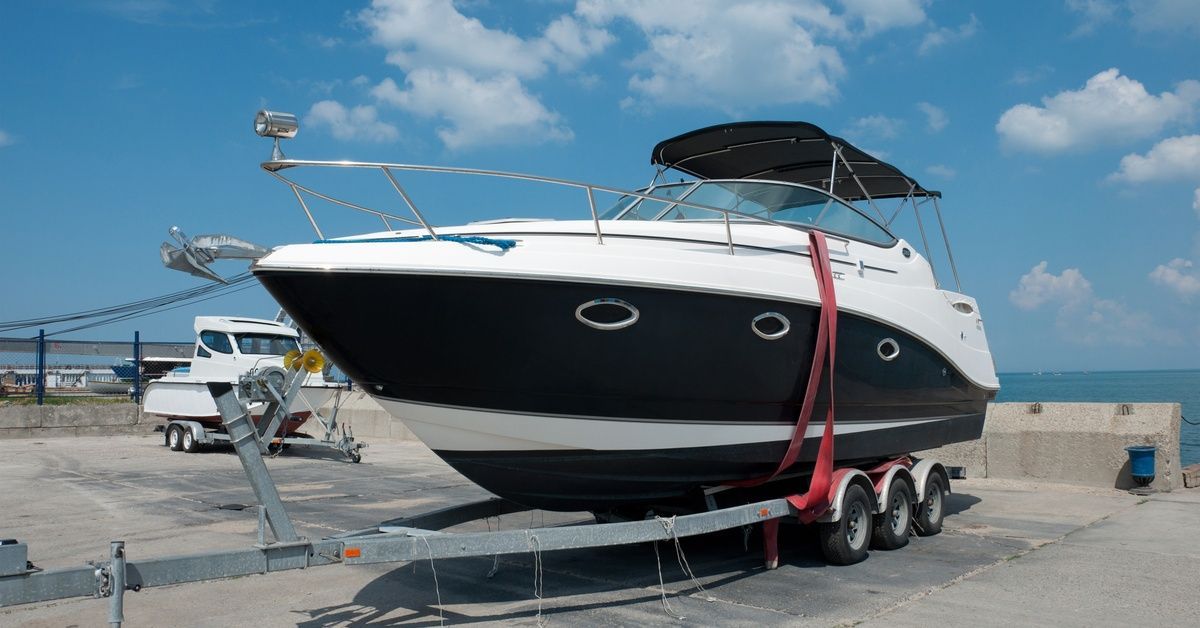Marine Boat Transportation: Open vs. Closed Shipping
When shipping a boat across the country, choosing the right transportation method is essential. The two primary options are open and closed shipping, each with its own benefits and drawbacks that affect your boat’s safety, your budget, and your peace of mind.
Understanding the differences between open and closed shipping in marine boat transportation is essential for making an informed decision. Whether you have a small fishing boat or a luxury yacht, your choice will determine the shipping cost and the level of protection your vessel receives.
What Is Open Boat Shipping?
Open boat shipping involves transporting vessels on open trailers or flatbed trucks without any overhead protection. Your boat travels exposed to the elements, secured to the trailer with straps, chains, and other restraining equipment. This method is the most common form of boat transportation due to its widespread availability and straightforward approach.
The process typically involves loading the boat onto a specialized trailer designed to accommodate marine vessels. Professional transporters use various methods to secure a boat for transit. However, the vessel remains exposed to weather, road debris, and other environmental factors throughout the journey.
Advantages of Open Boat Shipping
Open shipping offers significant cost savings compared to enclosed alternatives. The lower overhead costs associated with standard trailers and equipment translate directly into more affordable shipping rates for boat owners. This cost-effectiveness makes open shipping particularly attractive for those working within tight budget constraints or transporting boats of moderate value.
Accessibility is another major advantage of open shipping. The abundance of open trailers and transport companies means you’ll have more options when scheduling your shipment. This widespread availability often results in faster pickup times and more flexible scheduling, especially during peak boating seasons when demand for transport services increases dramatically.
Disadvantages of Open Boat Shipping
Weather exposure poses the primary concern with open boat shipping. Rain, snow, hail, and intense sunlight can potentially damage your vessel’s exterior, upholstery, and electronic components. Road debris, dust, and salt from winter road treatments can also accumulate on your boat during transport, requiring thorough cleaning upon arrival.
The lack of security protection makes your boat visible to potential thieves or vandals during stops or overnight parking. While professional transport companies take precautions, the open nature of this shipping method means your vessel and any equipment aboard remain exposed to opportunistic theft throughout the journey.
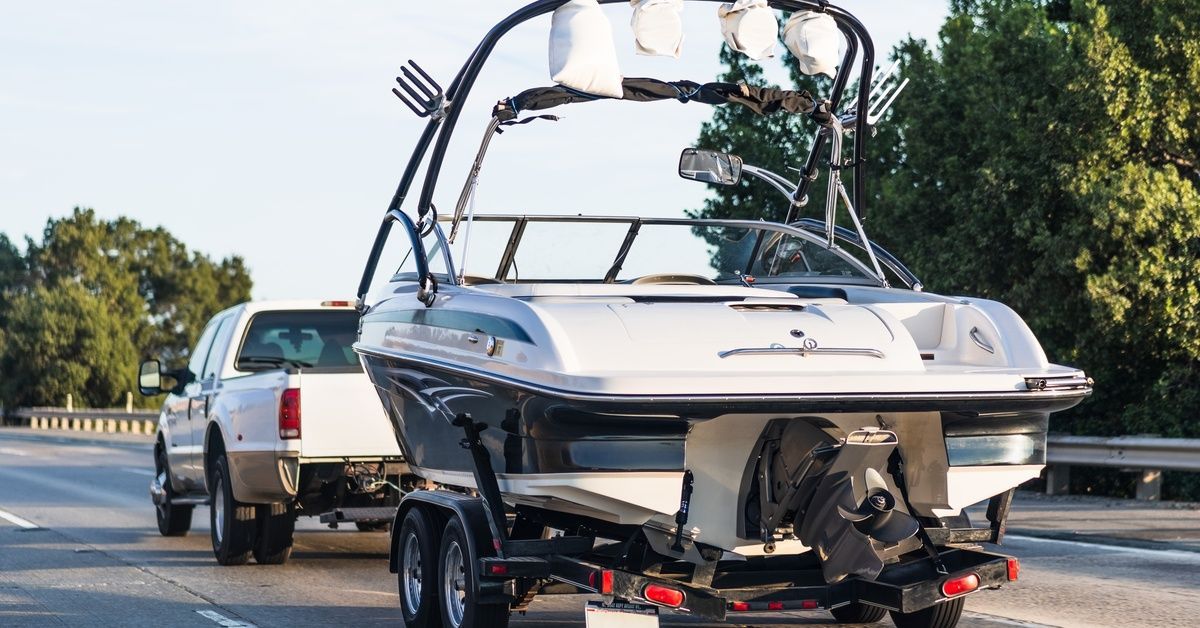
What Is Closed Boat Shipping?
Closed boat shipping utilizes enclosed trailers or containers that completely surround and protect your vessel during transportation. These specialized enclosures shield boats from weather conditions, road debris, and prying eyes while maintaining the same professional securing standards used in open shipping.
Enclosed trailers come in various sizes and configurations to accommodate different boat types and sizes. Some feature hydraulic lift systems for easier loading, while others include climate control systems for sensitive cargo. The enclosed environment creates a controlled transportation atmosphere that significantly reduces the risk of weather-related or environmental damage.
Advantages of Closed Boat Shipping
Protection from environmental hazards is the primary benefit of closed shipping. Your boat remains shielded from rain, snow, UV rays, road salt, and flying debris that could cause scratches, fading, or more serious damage. This protection is especially valuable for boats with expensive paint jobs, delicate upholstery, or sensitive electronic equipment.
Enhanced security provides additional peace of mind during transport. Enclosed trailers keep your boat hidden from view, reducing the likelihood of theft or vandalism. Many closed shipping services also offer GPS tracking and additional insurance coverage, creating multiple layers of protection for high-value vessels.
Disadvantages of Closed Boat Shipping
Higher transportation costs are the most significant drawback of closed shipping. Enclosed trailers require more specialized equipment, additional insurance coverage, and higher operational costs that transport companies pass on to customers. These premium rates can increase your shipping expenses by 30 to 50 percent compared to open transport.
Limited availability can also create scheduling challenges. Fewer companies offer enclosed boat shipping services, and those that do often have smaller fleets of specialized trailers. This scarcity can result in longer wait times for pickup and delivery, particularly during busy seasons or in less populated regions.
Key Factors To Consider When Choosing
Boat Size and Value
Boat size and value should heavily influence your shipping decision. Smaller, less expensive boats often travel safely via open shipping, while luxury yachts or boats with sensitive equipment benefit from enclosed protection. Consider your vessel’s replacement cost and whether potential damage expenses justify the additional cost of closed shipping.
Transport Distance
Transport distance plays a crucial role in determining the appropriate shipping method. Short-distance moves may not warrant the extra expense of enclosed shipping, while cross-country transportation exposes boats to more potential hazards. Longer distances also increase the likelihood of encountering adverse weather conditions that could damage an openly transported vessel.
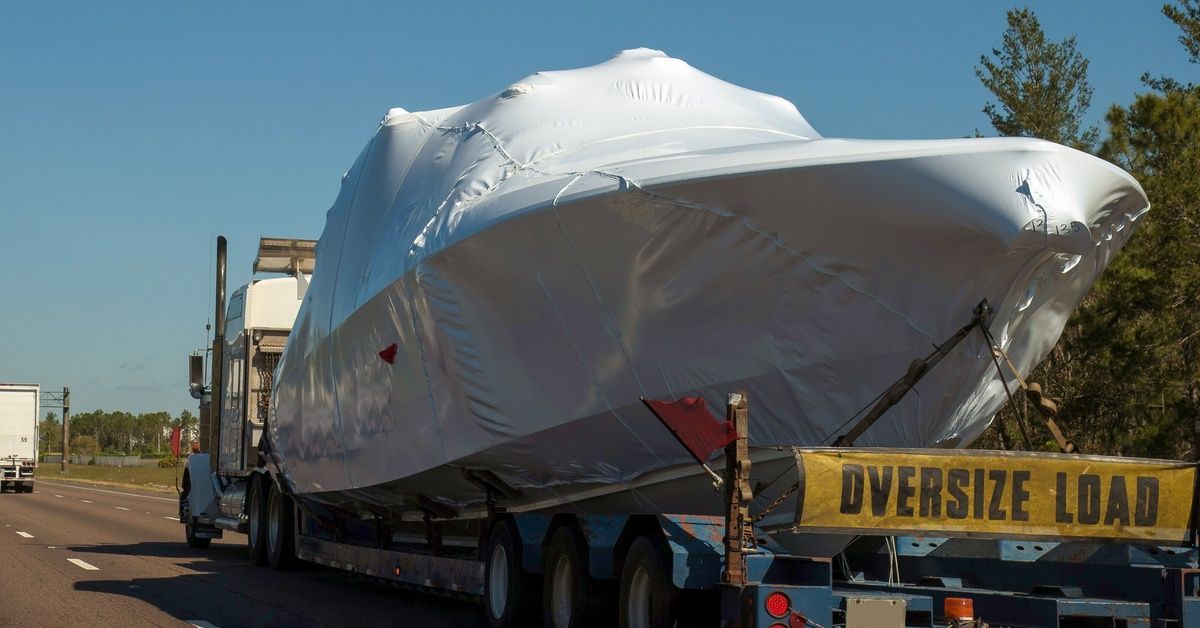
Budget and Insurance
Your available budget naturally limits your shipping options, but consider the total cost of potential repairs against the premium for enclosed shipping. Review your boat insurance policy to understand coverage during transportation, as some policies offer better protection for enclosed shipping claims.
Weather Patterns and Seasonal Conditions
Weather patterns and seasonal conditions along your transport route should also influence your decision. Shipping during winter months or storm seasons increases the risk for open transport, while fair weather periods may make open shipping more appealing from a risk-management perspective.
Making the Right Choice for Your Vessel
The decision between open and closed shipping for marine boat transportation ultimately depends on balancing protection needs with budget constraints. Smaller boats traveling short distances during favorable weather conditions often ship safely and economically via open transport. Conversely, valuable vessels, longer journeys, or harsh weather conditions typically justify the additional investment in closed shipping.
Consider consulting with professional marine transport companies to evaluate your specific situation. Experienced transporters can assess your boat’s requirements, discuss route conditions, and recommend the most appropriate shipping method based on their expertise and current market conditions.
Your Trusted Marine Transportation Partner
Coast to Coast Transportation is a certified marine transport company offering comprehensive boat shipping services throughout the United States. Our experienced team provides both towable and non-towable transport options, ensuring your vessel receives professional handling regardless of size or type. With our commitment to safe, reliable marine transportation, Coast to Coast Transportation can provide the expertise and equipment needed to move your boat efficiently to its destination.

